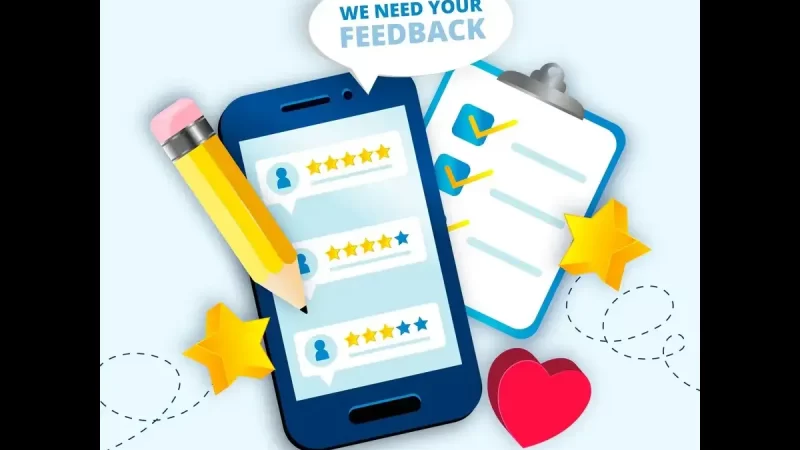An Ultimate Guide To Boost Your Marketing Revenue With Personalization, Connectivity & Data

In today’s rapidly evolving digital landscape, marketing strategies must adapt to meet the changing needs and expectations of consumers. One of the most effective ways to stay ahead in this competitive environment is through personalization, connectivity, and data-driven insights. By harnessing the power of these elements, businesses can not only enhance their marketing efforts but also significantly boost their revenue. In this comprehensive guide, we’ll explore how you can leverage personalization, connectivity, and data to maximize your marketing revenue.
What Is Personalization in Marketing?
Personalization has become a cornerstone of modern marketing strategies. It involves tailoring your messaging, products, and services to meet the individual preferences and needs of your target audience. By delivering relevant and targeted content, you can create more meaningful interactions with your customers, driving engagement and loyalty.
To effectively personalize your marketing efforts, start by collecting data on your audience’s demographics, behaviors, and preferences. This can include information such as past purchase history, website interactions, and social media activity. With this data in hand, you can segment your audience into specific groups and deliver customized experiences that resonate with each segment.
Personalization can take many forms, from personalized email campaigns and product recommendations to dynamic website content and tailored advertisements. By using advanced analytics and machine learning algorithms, you can automate much of the personalization process, ensuring that each customer receives the right message at the right time.
Importance of Connectivity
In today’s hyper-connected world, consumers expect seamless experiences across multiple channels and devices. By using connectivity, you can create cohesive marketing campaigns that span the entire customer journey.
Start by establishing a strong online presence across various platforms, including social media, search engines, and third-party websites. This will allow you to reach your target audience wherever they are online and engage with them on their preferred channels.
Additionally, consider integrating different marketing channels to create omnichannel experiences that seamlessly transition from one touchpoint to another. For example, you could use social media to drive traffic to your website, where visitors can sign up for your email newsletter and receive personalized recommendations based on their browsing history.
By connecting the dots between different channels and touchpoints, you can create a unified brand experience that fosters loyalty and drives conversions.
Use of Data for Insights
Data is the lifeblood of modern marketing. By harnessing the power of data analytics, you can gain valuable insights into your audience’s behaviors, preferences, and purchasing patterns. These insights can inform every aspect of your marketing strategy, from product development and pricing to messaging and targeting.
Start by collecting data from various sources, including your website, social media platforms, and customer relationship management (CRM) system. Analyze this data to identify trends and patterns that can help you better understand your audience and anticipate their needs.
Next, use predictive analytics to forecast future trends and behaviors, allowing you to stay one step ahead of your competition. By using machine learning algorithms, you can automate the process of data analysis and uncover hidden insights that would otherwise go unnoticed.
Finally, use these insights to optimize your marketing campaigns in real-time, adjusting your messaging, targeting, and tactics to maximize engagement and conversions.
In today’s digital age, personalization, connectivity, and data-driven insights are essential components of a successful marketing strategy. By using these elements effectively, you can create more meaningful interactions with your audience, drive engagement and loyalty, and ultimately boost your marketing revenue. By understanding the power of personalization, connectivity, and data, you can position your business for long-term success in a competitive marketplace.
FAQs: Boosting Your Marketing Revenue with Personalization, Connectivity & Data
Personalization in marketing refers to the practice of tailoring marketing messages, products, and services to meet the individual preferences and needs of each customer. It’s important because it helps businesses create more meaningful interactions with their audience, driving engagement, loyalty, and ultimately, revenue.
You can collect data for personalization through various channels, including your website, social media platforms, email campaigns, and customer relationship management (CRM) system. This data can include information such as demographics, behaviors, past purchases, and preferences.
Examples of personalized marketing tactics include personalized email campaigns, product recommendations based on past purchase history, dynamic website content that adjusts based on user behavior, and targeted advertisements tailored to specific audience segments.
Connectivity in marketing refers to the ability to create seamless experiences across multiple channels and devices. It’s important because it allows businesses to reach their target audience wherever they are online and engage with them on their preferred channels, ultimately driving conversions and revenue.
To establish a strong online presence across multiple channels, you can start by identifying the channels that are most relevant to your target audience, such as social media platforms, search engines, and third-party websites. Then, create engaging content and leverage advertising to reach your audience on these channels.







